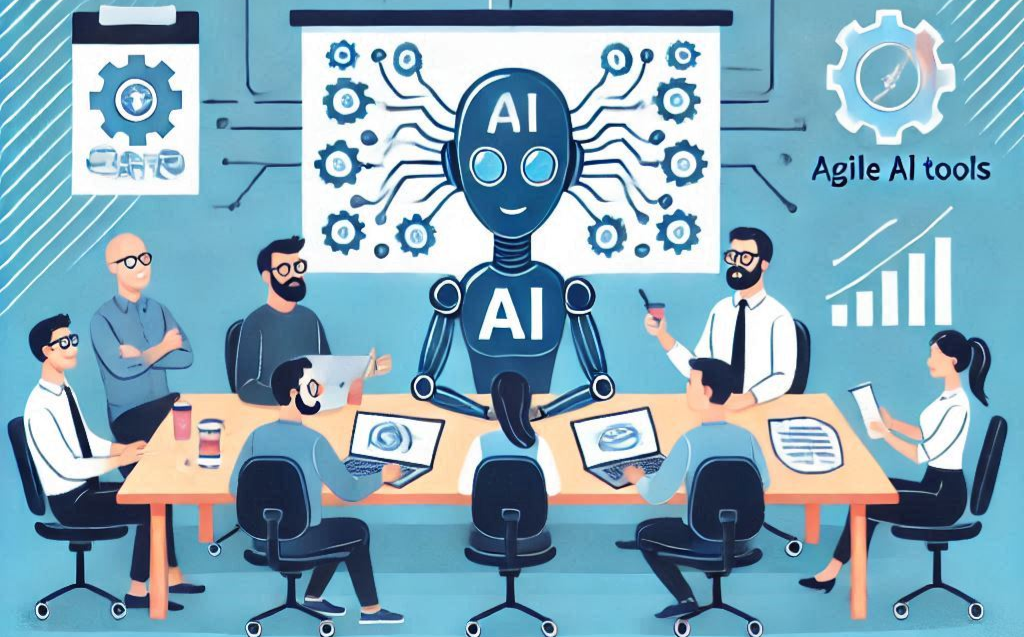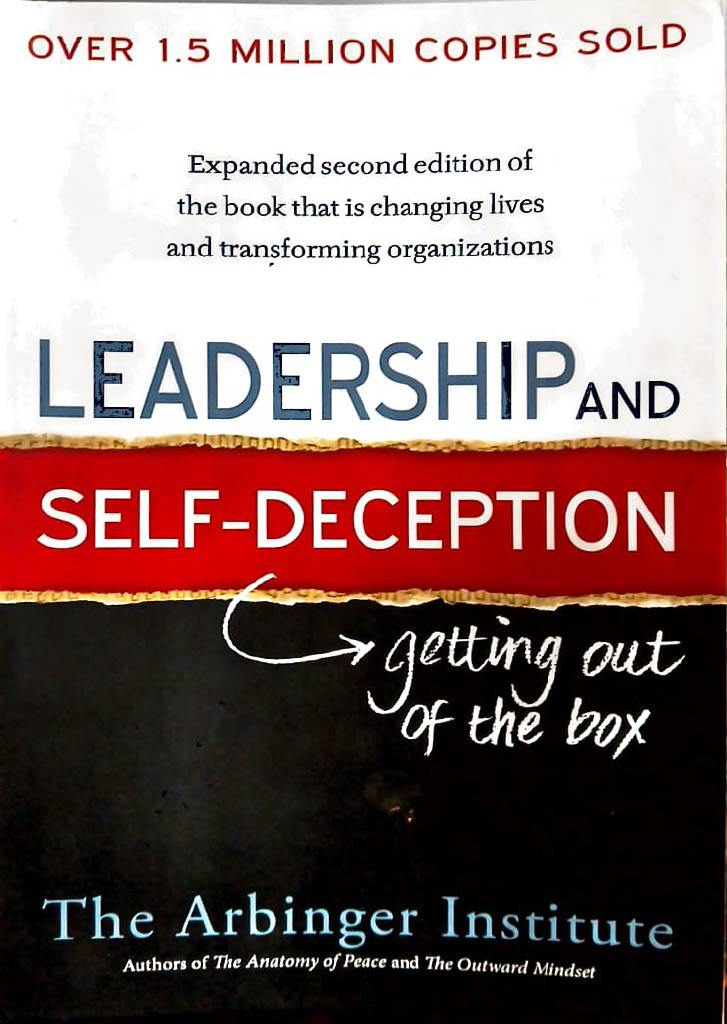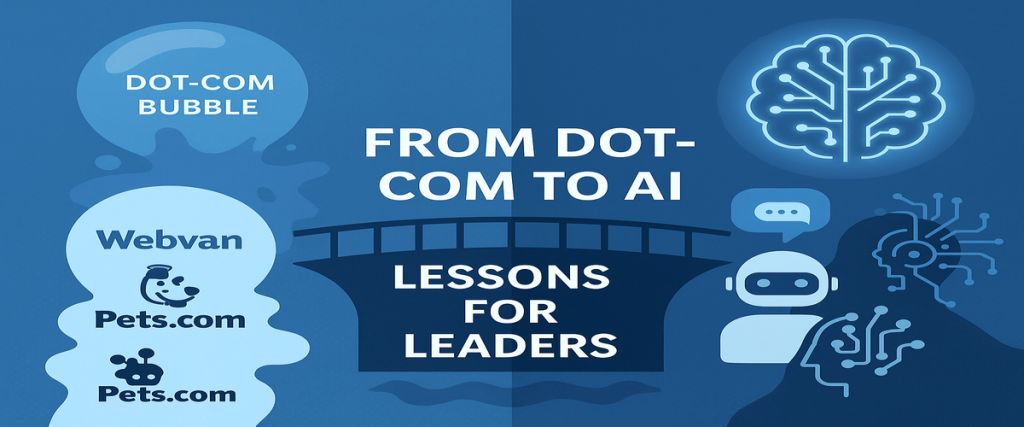
Background
There is an ongoing debate about whether Agile will survive the rapid development of Artificial Intelligence (AI). Some have even pronounced it dead. I believe this debate arises from a misunderstanding of either Agile, AI, or both.
As Carlota Perez, author of Technological Revolutions and Financial Capital, aptly states: “Artificial intelligence is almost certainly revolutionary in the sense that it will spawn new technology platforms, transform or eliminate many industries, and create new ones. But it must be understood as belonging to a larger, more mature technological revolution that began a half-century ago.” Perez explains that AI is best understood as a significant development within the ongoing information and communications technology (ICT) revolution, which began in the 1970s with the advent of the microprocessor.
This perspective resonates with the rapid advancements in AI tools and their transformative impact across industries. When we loosely refer to “AI,” we are inherently pointing to the evolution of AI tools, deeply intertwined with the continuous progress in computing technology.
Agile, on the other hand, has been the cornerstone of modern software development, championing customer focus through collaboration, self-managed teams, iterative progress, and adaptation. Since its inception, Agile methodologies like Scrum, Kanban, and Scaled Agile have revolutionized how teams capture customer requirements, build software, and deliver it effectively. At its core, Agile is people-driven. It relies on defined roles, disciplined practices, and the creation of artifacts. However, Agile also incorporates tools—tools that are evolving rapidly alongside advancements in AI.
AI, being data-driven, automates repetitive tasks, predicts outcomes, and optimizes processes. While there is speculation about AI surpassing human intelligence, I believe we are still in a phase of stabilizing AI models. For now, AI remains a powerful tool in human hands. Current reports indicate better productivity but decreased outcomes due to less perfect tools.
With this understanding, I present my thoughts on how NextGen Agile could evolve alongside Newgen AI. For the rest of the article, when I say ‘AI’, I mean AI tools e.g., Jira Align, Microsoft PowerBI, GitHub copilot etc., I explore this evolution from two perspectives: the lens of Agile values and the end-to-end software development lifecycle.
Agile Values and AI
Agile has clearly articulated the value of individuals and interactions over processes and tools. The need for collaboration, consensus-building, teamwork, and self-management lies at the root of Agile. Agile formalizes interactions through ceremonies like sprint planning and stand-ups while encouraging more people-to-people interactions through smaller teams.
The other Agile values – Working Software – Emphasizes rapid development and iterative feedback cycles; Responding to Change- Encourages adaptability through Agile workflows and Customer Collaboration- Focusses on customer needs over contractual obligations.
How are these values likely to change? Let us look at some of the frameworks.
Scrum: AI-Driven Workflows
- Sprint Planning: AI can analyse past sprint data to recommend achievable sprint goals and match capacity and skills, reducing the effort needed for pre-planning and planning.
- Daily Stand-ups: AI can flag blockers and provide progress updates, reducing the frequency of meetings and saving time.
- Backlog Refinement: AI analyses market trends, user feedback, and technical debt for easier prioritization.
- Retrospectives: AI-driven insights offer organized feedback loops and improved tracking.
Kanban: AI-Enhanced Flow and Visualization
- Dynamic WIP Limits: AI adjusts WIP limits in real-time to prevent bottlenecks, cutting cycle time and improving flow.
- Retrospectives: AI identifies recurring blockers and recommends process improvements.
- Demand Forecasting: AI forecasts demand based on incoming ticket patterns, aligning work capacity to demand.
Scaled Agile Workflows with AI
- Big Room Planning: AI simulates different PI planning scenarios, recommending optimal resource allocation and cross-team dependencies.
- Program Execution: AI tracks features across teams, providing alerts when timelines deviate and effectively managing dependencies.
- Value Stream Management: AI prioritizes portfolio-level requirements dynamically, linking strategy to execution.
- Release Management: AI predicts release readiness, highlighting incomplete work or quality issues while automating quality gates.
Much of the time spent on group activities could become superfluous. For example, daily stand-ups may become less frequent, and big-room planning could reduce from days to hours. While individuals and interactions will still be valued, the focus will shift to quality interactions rather than formalized ceremonies. This shift may increase the need for higher emotional intelligence (EQ) among team members to maintain connections and collaboration in the limited time for formal interactions. Smaller teams may face challenges, such as conflicts leading to workflow paralysis. Sprint cycles are set to fall. Advantages between competitors would need to come from a lot more creativity of individual team members than from speed of delivery.
AI and the Agile Software Development Cycle
AI tools already impact various stages of the software development lifecycle. Here is how:
High Impact Stages
- Requirements Gathering & Analysis: AI can automate user story generation from stakeholder input, analyse feedback, and predict missing requirements using historical data.
- Coding/Development: Tools like GitHub Copilot provide code suggestions, complete functions, and automate repetitive tasks. AI can also detect vulnerabilities and ensure adherence to coding standards in real-time.
- Testing: AI-driven automated testing frameworks generate test cases, identify edge cases, and conduct regression testing, significantly reducing manual effort.
Medium Impact Stages
- Planning & Project Management: AI enhances sprint planning by analysing past performance and predicting risks, though human oversight remains necessary.
- Deployment: AI optimizes deployment strategies by predicting failure points and automating rollback processes. Predictive analytics refine release planning.
- Design & Architecture: AI generates design templates, recommends architectures, and detects inefficiencies, enabling rapid wire-framing and prototyping.
Low to Medium Impact Stages
- Maintenance & Support: While AI-driven tools monitor system health and predict issues, complex problems still require hands-on debugging. Chatbots assist with user queries but cannot address large-scale infrastructure fixes.
Summary
Agile methods will continue to play a significant role at the team and enterprise levels. However, as productivity, outcomes and speed improve with AI, we may see a shift towards smaller teams, even at the Teams-of-Teams level. The saying, “People who know AI will replace those who don’t,” may hold some truth, but the replacement will not likely to be one-to-one. Soft skills, especially emotional intelligence, will become critical in distributed teams using AI tools. Traditional Agile roles like Scrum Master, Product Owner, and Developer will evolve, with overlapping responsibilities requiring greater adaptability and hence could be redefined
As Agile evolves alongside AI, its foundational principles—collaboration, adaptability, and customer focus—will remain essential. While AI tools promise to enhance efficiency and decision-making, the human element will remain irreplaceable, ensuring Agile frameworks continue to thrive in the face of technological change.
(The opinion expressed in the article are only that of the Author and not of PM-Powerconsulting)
References-
https://mohammedbrueckner.medium.com/is-ai-killing-agile-bdd4c968388d
AI in Agile: What’s Working and What’s Not? | GenAI | Cprime
Leadership principles in the Generative AI age – PM Power Consulting
Middle Managers & Leadership Styles (Blogging with AI) – PM Power Consulting




One Response
Excellent thoughts. Better results would drive adaption of Agility across!!!
Thank you Guru